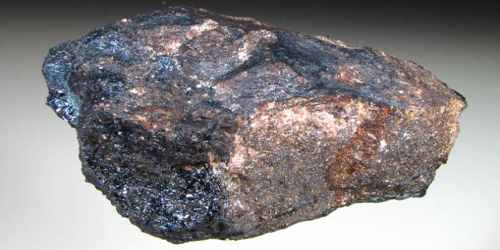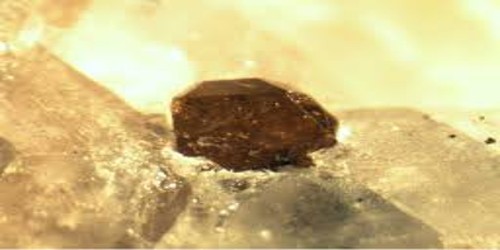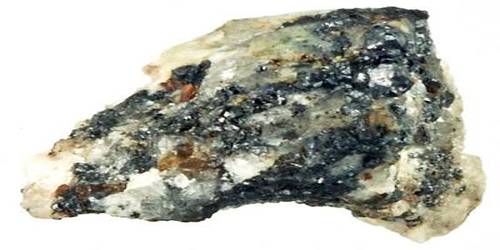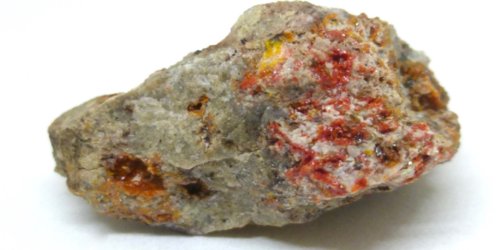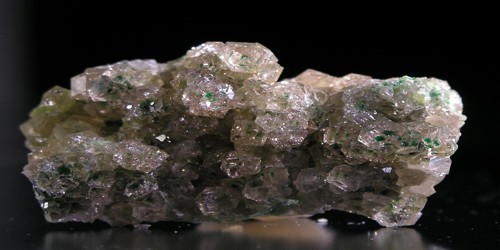Hisingerite is an iron(III) phyllosilicate mineral with formula Fe23+ Si2O5(OH)4·2H2O. It is a mineral perhaps consisting of a black amorphous iron ore that is a hydrous ferric silicate. It is an iron silicate with a dark-brown or black color. It was first described in 1828 for an occurrence in Riddarhyttan, Vastmanland, Sweden. It was named after Wilhelm Hisinger (1766–1852), a Swedish chemist.
General Information
- Category: Silicate mineral
- Formula: Fe23+ Si2O5(OH)42H2O
- Crystal system: Monoclinic
- Unknown space group

Fig: Hisingerite
Properties
A black or dark brown, lustrous secondary mineral, it is formed by the weathering or hydrothermal alteration of other iron silicate and sulfide minerals. There is also aluminian hisingerite variety in which one of the iron atoms is replaced by aluminum and chrome-alumina-hisingerite variety in which chromium substitutes for iron.
- Color: Black, brownish-black
- Cleavage: None
- Fracture: Conchoidal
- Tenacity: Brittle
- Mohs scale hardness: 2.5 – 3.0
- Luster: Vitreous, resinous, greasy
- Streak: Yellowish brown, green
- Diaphaneity: Transparent to translucent
- Specific gravity: 2.43 – 2.67
- Optical properties: Biaxial (-)
Occurrence: A secondary mineral, formed from the weathering, or late-stage deuteric or hydrothermal alteration, of iron-bearing silicates or sulfides; by late-stage hydrothermal activity during sulfide ore deposition.
Association: Olivine, pyroxene, pyrite, chalcopyrite, pyrrhotite.
Information Source:
